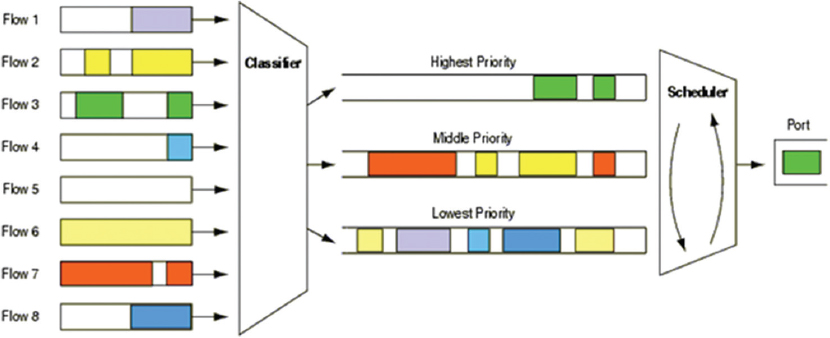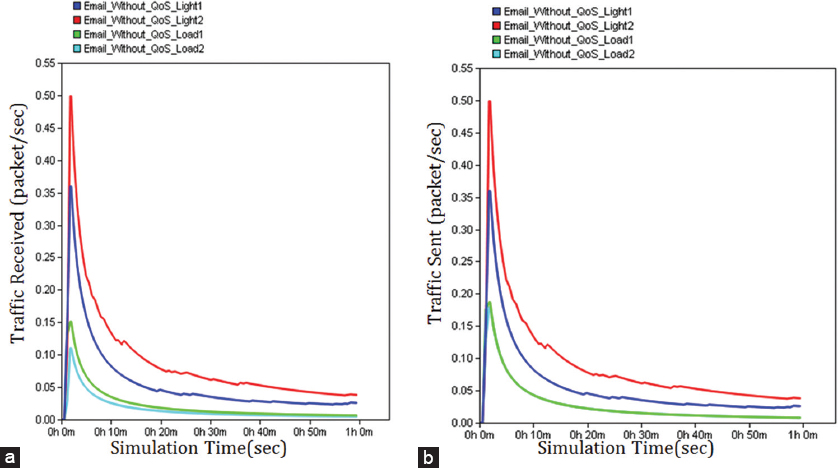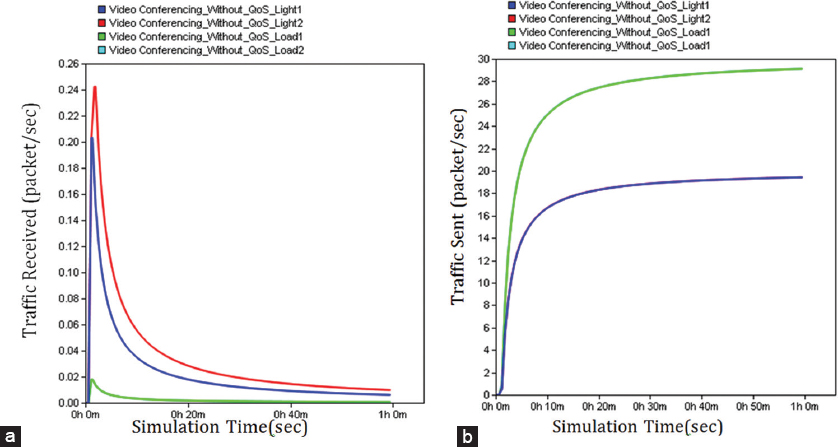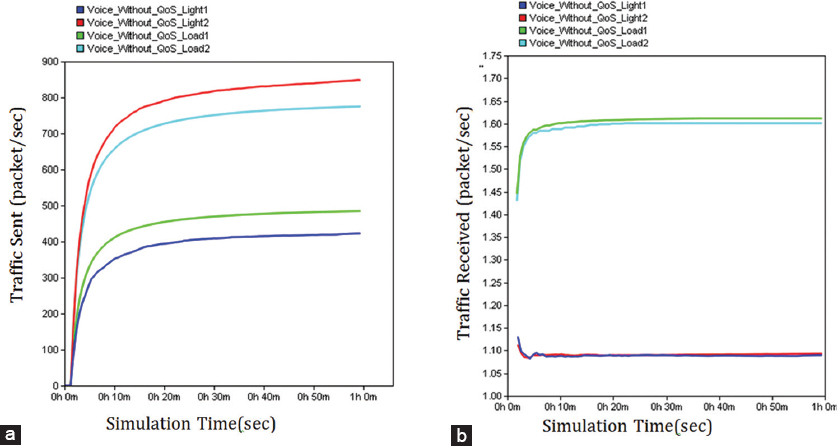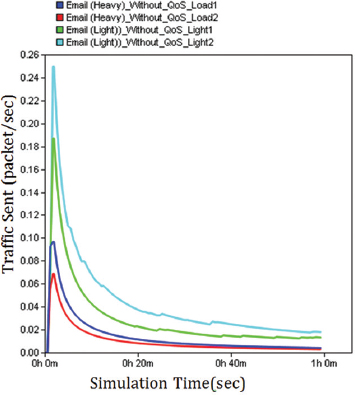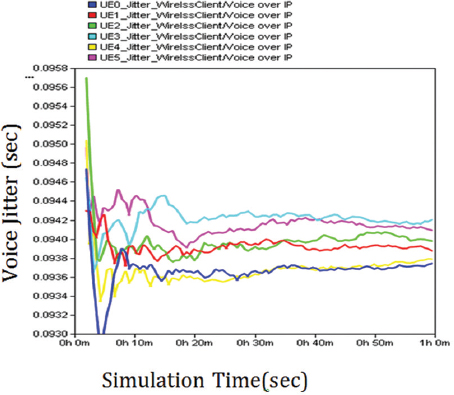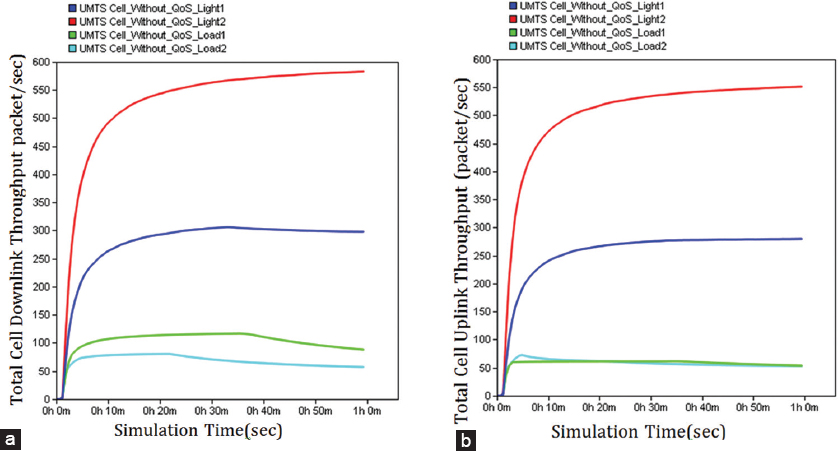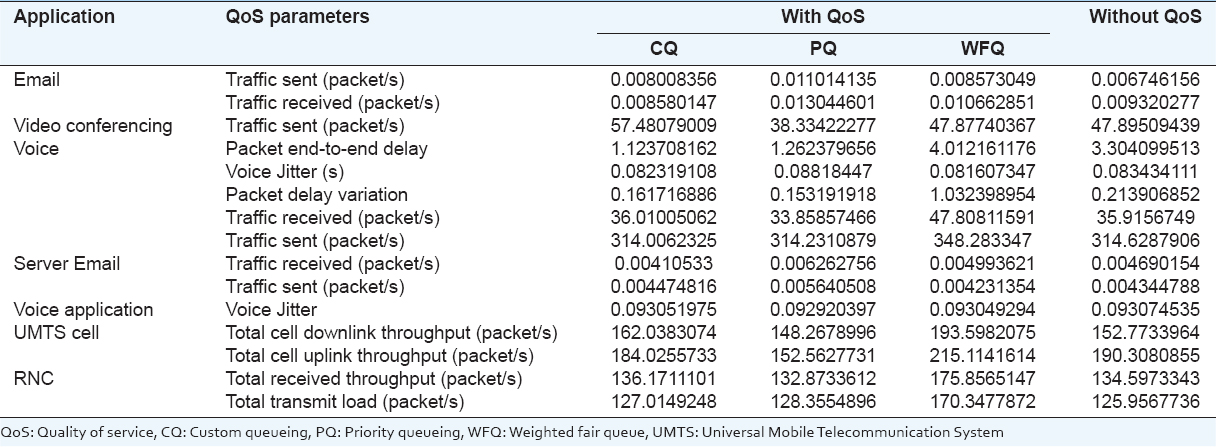1. INTRODUCTION
Nowadays, mHealth has become a global phenomenon and controlled mobile communication power in healthcare. The relation between healthcare and mobile communication has become a critical factor in saving human life as well as resulting in emerging and development of new markets. In the perspective of the World Health Organization, definition of health is “a state of complete physical, mental, and social well-being, not merely the absence of disease or infirmity.” Healthy society comes from healthy individuals, because healthy people improve the society by providing a better lifestyle, through their hardworking, education, less time absence, higher concentration, etc. Successful healthcare systems produce healthier citizens, decrease load on hospitals, and therefore, increase the proportion of healthy population (Bjørnlandet al., 2012).
At present, most of the cell phones are smartphones that are used very widely all over the world. According to the development technology, accessing these devices has become very easy. Applications of mHealth increase continuously as it has become easier for users to benefits from these applications compared to the older tools and methods. The critical aspect of mHealth is that, it is important to improve healthcare plans and policies. Hence, the aim is to progress and create tools to manage patient’s healthcare automatically. The main objectives of mHealth are chronic disease management, Personal Health Record applications, behavioral change, health information, remote monitoring, etc. (Konschak and Davaloor, 2011).
There is a significant relationship between telecommunication and mHealth area. Mobile network area made so easier to look after patients through their mobiles, notably special case-patients. Universal Mobile Telecommunication System (UMTS) network has great impact in this area. mHealth applications depend on scheduling algorithms which are used in base stations (Node B). Base stations have a direct impact as one of the network elements. In the area of mobile networks, various scheduling algorithms can be found, and each one has its importance (Lakhera and Richariya, 2011) including; weighted fair queue (WFQ), priority queueing (PQ), custom queueing (CQ), modified round robin, and proportional fairness. In this article, we review and investigate the performance of different scheduling algorithms in 3G networks for mHealth application under different context and scenarios.
The article is organized as follows: Section 2 describes the literature review on scheduling algorithms in mHealth. Section 3 explains the simulation environment and results and section 4 concludes the article.
2. LITERATURE REVIEW
Quality of service (QoS) is the mechanism that guarantees the service delivery from the source to destination. This delivery must be acceptable in the perspective of time-frame and should have stability. By the QoS, the service performance in terms of accuracy, reliability, and speed will be measured. In network area, QoS provides multiple network services to multiple networks traffics. QoS uses different parameters for different services such as delay variation, bandwidth, packet loss ratio, and error ration. QoS predicts and manages which parameter is delivered earlier or vice versa. It uses circuit switching for real-time applications which is more reliable with system capacity. There are two well-known services in QoS including; differentiated services (DiffServ) which are challenging to solve QoS problems without resource establishment reservation. Controlling of DiffServ is in the IP header which is called DiffServ Code Point (DSCP). Regardless the traffic flow state, the DSCP aware routers perform traffic differentiation for received packets. QoS levels which have been promised by QoS mechanisms is application requirements that are conveyed by integrated service architecture. For resource reservation protocol, which is responsible for QoS requirements, signaling protocol is used. This will be done along path from the sender to the receiver (Chioariu, 2004). To guarantee the QoS in any network, there are many methods such as QoS provisioning, admission control, resource allocation, and scheduling algorithms. In this article, we are more focused on scheduling algorithms to investigate their behavior for the different types of mHealth applications regardless their types: Real-time and non-real time.
2.1. Scheduling Algorithms
Scheduling algorithms designing is a critical issue in case of multiple-user delivery in networks, and it is important for increasing QoS and network performance. The very important factor for QoS parameters throughput, delay, jitter, traffic received, traffic sent, etc., to be delivered in high quality using scheduling algorithms. There are many challenges in the design of scheduling algorithms in mobile networks. Due to the limited bandwidth, packet loss rate, more packet overhead, many scheduling algorithms have to make QoS provisioning in wireless networks. In the following, a review of some well-known scheduling algorithms such as WFQ, proportional fair, CQ, PQ, and maximum throughput (Fatah and Leung, 2002) can be found.
2.2. First in First Out (FIFO)
It is simplest scheduling algorithm for resource allocation policy. It works exactly like FIFO Queue. If k is kth resource block, iisith user, t is current time, and Ti is time instant in case of ithrequest was ordered. Equation 1 below represents FIFO scheduling algorithm (Kumar and Karg, 2011):
2.3. Round Robbin (RR)
It is a procedure of sharing resources in fairness time to all user. Cycle time performance will be small in case of small packet size. It consists of more than one separated FIFO queue. Ti is the difference between FIFO and RR while it represents last time that user is served in. In wireless systems, engaged resource amount cannot be depended lonely because RR is not fair in terms of throughput even in good channel condition. As well, it treats the different type of application regardless their type (real-time and non-real time) fairly which is not guaranteeing the QoS of both types (AbdulAhad, 2012).
2.4. WFQ
WFQ is well-known scheduling algorithm. It supports QoS design by sharing fair bandwidth depending on given weight and ability to avoid starvation and share resources based on the weight of resources. Variable length packets are supported by WFQ, so the higher the resource is, the higher the weight. Similar to other schedulers, it protects each flow from the other and guarantees of end-to-end delay will be obtained if the data flow is in the form of leaky bucket approach. Traffics in WFQ has an expectable service. Equation 2 represents the WFQ (Piro and Capozzi, 2013; El Gili and Talab, 2016):
wi: Is a specific weight
: Is the ith number of user which is use to correct RR user-specific metric. : Is specific metric in RR for ithuser.2.5. PQ
PQ has a simple way to offer multiple services to multiple packet classes. Received packets have their own different priorities, and each class will be added in separate queue. Regardless the waiting time of the other queues, classes that contain highest priority packets, are transmitted first through the output entrance before lower priority packet classes. Each queue entirely forwards its packets based on FIFO queue bases although it is a good policy of queueing that provides differentiated service. However, it has some weaknesses such as starvation of service in packets with lower priority and having extreme delay in high priority traffic flow (AbdulAhad, 2012) [Figure 1].
Figure 1. Priority queueingdiagram (El Gili and Talab, 2016)
2.6. CQ
CQ is a scheduling algorithm uses weighted round robin in a certain percentage for bandwidth allocation. It provides guarantee for all protocols with a minimal level of service in the network environment. Reserved bandwidth is used during transmission by permitting non-system queue, this is to guarantee service level for all traffics. CQ has the ability to dynamically allocate unused bandwidth for any required protocols. It allows a fairness that is not allowed by PQ. It is able to control unpredictable queued traffic by controlling interface of available bandwidth. Associated output queue, counts a configurable byte to specify the amount of system data delivering before going to the next queue. During the process of queue, packets are sent a unit number of byte exceeds. Counting exceeded number of byte is provided by queue list (Zakariyya and Rahman, 2015).
3. SIMULATION ENVIRONMENT AND RESULTS
In this work, OPNET Modeler 14.5 Academic version has been used to build and test the defined scenarios for network topology (Kudtarkar and Sonkusare, 2014). Simulated network consists of four different scenarios including; heavy and light applications as well as small and large numbers of UEs. We take into consideration the network topology as illustrated in Figure 2. More precisely, we study the same topology with and without QoS parameters, i.e., with and without scheduling algorithms.
Figure 2. Network topology without quality of service
The basis of the scenarios are two factors, the numbers of UEs and the load of application, i.e., how much type of traffic is sent during the session regardless the type of application, this implies the quantity of traffic sent from each UEs to the core network of the UMTS, and these scenarios are represented by the following:
Light 1: Scenario using light applications and 6 UEs
Light 2: Scenario using light applications and 12 UEs
Load 1: Scenario using applications and 6 UEs
Load 2: Scenario using applications and 12 UEs
We used three type of applications, Email, video conferencing, and voice over IP (VoIP). They are corresponding to the way that the patient is using to send its data to the network and communication with the doctor.
3.1. Scenarios WithoutQoS Consideration
Regarding the different scenarios without QoS consideration, results have been collected for each application, according to the following metrics used for each application. We selected traffic sent/received by Email application. In the light scenarios, the average of traffic sent and received is almost the same, since there is no load in the network and the network is in its ideal case, but in loaded scenarios, traffic sent is higher than traffic received as shown in Figure 3a and 3b.
Figure 3. (a) Average email traffic received (packet/s). (b) Average email traffic sent (packet/s)
As for video conferencing application, loaded scenarios with a higher number of users have higher traffic sent and have much higher values of results in comparison to the light scenarios. In traffic received the light scenario with a higher number of users has more traffic received. In traffic received light scenarios have higher result in comparison to the loaded scenarios. Results are shown in Figure 4a and b.
Figure 4. (a) Average in video conferencing. Traffic received (packet/s). (b) Average in video conferencing traffic sent (packet/s)
3.1.1. VoIP application
As for VoIP Application, the scenario with a higher number of users has a higher value for the results [Figure 5a and b].
Figure 5. (a) Average voice, traffic sent (packet/s). (b) Average voice, traffic received (packet/s)
Server email collects statistics of e-mail application traffic. According to the light and heavy scenarios, the server email includes traffic sent and traffic Received. The sent traffic from the side of the server for both scenarios; high and low loads are almost the same, this is related to the position of the server in the network as it does not take part of the traffic circulation, which means that it is only the entity that sends the traffic and it is not aware about the load of the network. This is why the results of all scenarios are almost the same [Figure 6a and b].
Figure 6. Average in server email, traffic sent (packet/s)
There are different results for Jitter regarding different UEs in the network are shown in Figure 7. The variation of jitter does not affect the quality of voice of traffic from all the nodes of the network to the voice application server as the difference is negligible.
Figure 7. Average Jitter for all UEs voice application (s)
In total cell downlink throughput and total cell uplink, light scenarios have much higher results. In light scenarios, the higher number of users has the higher result. Regarding the loaded scenarios, the less number of users have the higher results as shown in Figure 8a and b.
Figure 8. (a) UEs Universal Mobile Telecommunication System (UTMS) cell total cell downlink throughput (packet/s). (b) UEs UMTS cell total cell uplink throughput (packet/s)
3.2. Scenarios under QoS Consideration with Different Types of Scheduling Algorithms
In this section, we use different scheduling algorithms to schedule resources to the different UEs with the different applications in the cell. Three scheduling algorithms have been compared together, as well as they are compared to the results of the scenarios without QoS consideration. The scheduling algorithms are; (i) WFQ, (ii) Custom Queueing, and (iii) PQ. Different metrics of different applications are used including; email, Video Conferencing, Voice as an application result, and email Server, UMTS Cell Node B, and UMTS Cell RNC as a network elements (cell) result. According to the scheduling algorithms, each application has its effect, for instance for email applications best-obtained result is for PQ and the worst case is for non QoS consideration scenarios while in voice best case is obtained for Custom Queueing, and the worst case is when QoS is not considered. In general, best result has been obtained in WFQ and worst result in the case when QoS is not considered has been obtained [Table 1].
Table 1: Comparative study and numerical results
4. CONCLUSION
This work can be considered as most extensive work describing QoS in UMTS. Even though, the scheduling algorithms are very well known in the literature, but it was never used in UMTS combined with OPNET. The main objective in this article was studying QoS in terms of resource allocation guarantee using UMTS network. This is to fulfill mHealth requirements in term of continuously looking after patients. Mainly, we divided the investigated solutions into two parts; First part (QoS not considered): Four scenarios, according to light and heavy applications with low and high number of users. This is to test all QoS parameters for all applications including, throughput, Delay, Jitter, Packet end-to-end delay, traffic received, traffic sent, etc., regarding each QoS parameter. All obtained results are plotted and explained. Second part (QoS considered): Regarding QoS resource allocations, three different scheduling algorithms are applied for the same scenario as well as result of that scenario without QoS, and all four cases are compared to each other.




